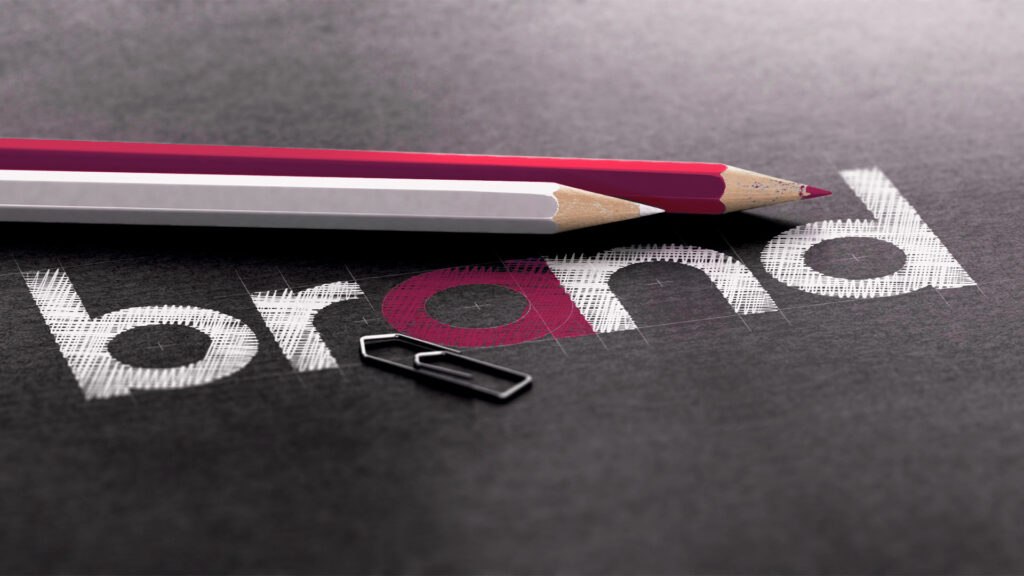A well-crafted style guide can serve as a roadmap for how your brand consistently presents itself—online, in print, and across marketing and sales content. But what exactly does a style guide include, and why is it such an important tool for your business?
Hubspot defines a style guide this way:
“Brand guidelines, also known as a brand style guide, govern the composition, design, and general look and feel of a company’s branding. Brand guidelines can dictate the content of a logo, blog, website, advertisement, and similar marketing collateral.”
The purpose of a style guide is to ensure that everyone in a company, as well as external partners like marketing agencies and freelancers, adheres to the same set of standards.
Style Guide Components
While style guides can vary in depth and complexity, most include the following:
- Overview—offers an introduction to your brand’s mission, values, and personality, and may dictate some overall rules.
- Logo Usage—provides instructions on how to use your logo, including correct size, placement, and acceptable variations. It often includes examples of correct and incorrect usage.
- Color Palette—specifies your brand’s colors, including HEX, RGB, and CMYK codes, to ensure consistency across digital content and printed materials. Learn more about color codes here.
- Typography—specifies official fonts, including guidelines for headings, subheadings, and body text. Rules about spacing, alignment, and sizing are often part of this.
- Imagery/Photography—defines the style and type of images that can be used (for example, candid vs. staged, original vs. stock), and may give guidance on the use of filters or effects.
- Tone and Voice—describes the general feel of written content. For instance, is your brand voice formal or more casual? Friendly or authoritative? This section may give writing examples and tips.
- Grammar/Punctuation—provides specific language rules, such as whether to use the Oxford comma, preferred spellings, and capitalizations. This is particularly useful, as it helps to ensure that all written content appears consistent, regardless of who writes it.
For some helpful examples of style guide components, look at these used by content creators for Forbes, Medium, and Mailchimp.
Making Sure Your Style Guide Gets Used
Creating a style guide is only the first step—it’s also crucial to ensure its active use. To do this, make your entire company aware of the guide and have it readily accessible by all, including those outside of your company such as partner agencies and freelancers.
Also, because brands evolve over time, be sure to regularly review and update the guide to keep it relevant.
#ProTip: Creating your style guide as digital content makes it easier to both update and share.
If your organization has team training sessions, your new style guide makes an excellent topic. Also, incorporate it into new employee and partner/outsourcer onboarding processes.
A style guide is more than just a set of rules; it’s a vital tool that helps your brand communicate consistently and professionally. By creating and maintaining a comprehensive style guide, you’ll help ensure your brand is always presented in the best possible light.
**
Need assistance creating a company and brand style guide? Our team of graphic designers and writers can create a roadmap to help drive the look and feel of your brand. Let’s talk today.

